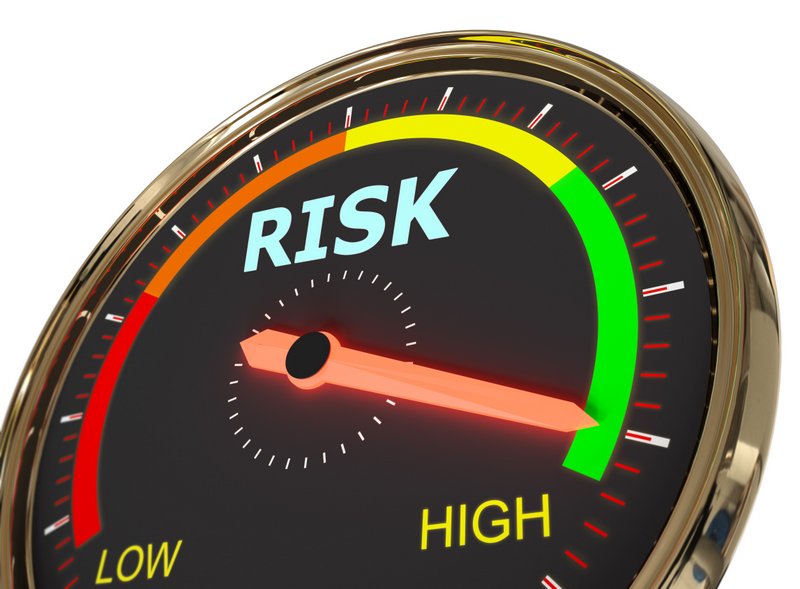
April 1, 2025

Huge news heard around the NABCEP Continuing Education Conference last week: The FEMA proposal that sought to change International Building Code so that solar projects needed to meet Risk Category 4 requirements – the most stringent possible – has resurfaced, and this time it is aimed at battery energy storage systems (BESS).
From what I’ve gathered, the proposal is now being carried on by people in their private capacity in the next building code cycle. The focus is on ESS paired with large generating facilities in order to increase the likelihood that they’ll stay online during and after environmental stressors.
This issue seemed to pop up quickly and is moving quickly. At the end of April, the International Code Council (ICC) is meeting, and this is on the agenda. We have reached out to SEIA for comment and will report back as this story develops, but here are the potential implications as we understand it.
Background on Risk Category 4
As we wrote in October 2022 about the FEMA proposal: “Today, approximately 95% of large-scale PV facilities are designed and permitted as structural Risk Category (RC) I (one); and nearly 100% of wind turbine facilities are Risk Category II (two). This proposal, SEIA says, would result in a dramatic spike in construction costs (steel, concrete) and likely dozens of gigawatts of cancelled clean energy projects.”
Applying this to all BESS has implications beyond added cost and complexity on a project basis, this would change things back to the manufacturer.
According to our sources, this proposal would broaden the scope of what’s considered “essential,” more or less saying everything downstream from the power plant is essential. Any battery energy storage system that’s associated with the facility and provides ancillary services to that facility would now also need to be brought up to that higher level of criteria, risk category four.
For example, a small energy storage system at a school that just keeps the lights running in the cafeteria in an outage, my understanding is that ESS would need to be built to those Risk Category Four criteria under this proposal.
This quote from Mike Bergey, president of Distributed Wind Energy Association (DWEA), back in 2022, sums up the issue, I think: “The FEMA proposal is well intended, but not well considered. It’s like saying that the cars for VIP’s should be bulletproof and then requiring all cars to be bulletproof. Besides that, FEMA totally misses that the grid is the weakest link and requiring more steel and concrete on solar and wind installations won’t strengthen the power grid.”
Source link

